Description
-
Product Name:
Hydrogen iodide
Other Name:Hydriodic acid;Anhydrous hydriodic acid;Hydrogen iodide;Hydrogen iodide (HI);Hydrogen monoiodide;Hydroiodic acid;8014-90-2;8052-26-4;39445-43-7;2487183-44-6
CAS No.:10034-85-2Molecular Formula:HIInChIKeys:InChIKey=XMBWDFGMSWQBCA-UHFFFAOYSA-N
Molecular Weight:127.91
Exact Mass:127.912285
EC Number:233-109-9
UNII:694C0EFT9Q
ICSC Number:1326
UN Number:1787|2197
DSSTox ID:DTXSID2044349
Color/Form:Colorless gas; fumes in moist air
HScode:28111990
Categories:Bulk Drug Intermediates
-
PSA:
0
XLogP3:2.49
Appearance:Hydriodic acid appears as a colorless to yellow liquid with a pungent odor. Consists of a solution of hydrogen iodide in water. Fumes irritate the eyes and mucous membranes. Corrosive to metals and to tissue.
Density:Melting Point:-51 °C
Boiling Point:-35.5 °C
Flash Point:126-127°C
Refractive Index:1.466 (16ºC)
Water Solubility:Solubility in water, g/100ml at 20°C: 0.03
Storage Conditions:Refrigerator (+4°C)
Vapor Pressure:Vapour pressure, kPa at 25°C: 0.04
Vapor Density:Relative vapour density (air = 1): 8.8
Flammability characteristics:In case of H, the pore-forming agent is flammable; in case of cyanide, it produces toxic hydrogen cyanide gas; when heated, it decomposes toxic iodide gas
Odor:Acrid
Henrys Law Constant:Henry’s Law constant = 2.5X10+9 mol/L atm (4.0X10-13 atm-cu m/mol)
Experimental Properties:SPECIFIC GRAVITY: 2.85 AT -4.7 °C (LIQUID)|Heat of fusion= 0.686|Heat of vaporization: 17.36 kJ/mol @ 25 °C /Hydrogen iodide gas/|Decomposes in light. Unstable at room temperatures and above, slowly decomposing to hydrogen and iodine. /Hydrogen iodide gas/|Dissolves metals, oxides, carbonates, and salts of the other weak, mono-oxidizing acids, causing the formation of iodides.
Air and Water Reactions:Soluble in water with release of heat.|Dissolves exothermically in water. The heat may raise toxic and corrosive acidic fumes. Fumes in air.
Reactive Group:Acids, Strong Non-oxidizing
Reactivity Alerts:Known Catalytic Activity
Reactivity Profile:HYDROIODIC ACID reacts exothermically with organic bases (amines, amides) and inorganic bases (oxides and hydroxides of metals). Reacts exothermically with carbonates (including limestone and building materials containing limestone) and hydrogen carbonates to generate carbon dioxide. Reacts with sulfides, carbides, borides, and phosphides to generate toxic or flammable gases. Reacts with many metals (including aluminum, zinc, calcium, magnesium, iron, tin and all of the alkali metals) to generate flammable hydrogen gas. Reacts violently with acetic anhydride, 2-aminoethanol, ammonium hydroxide, calcium phosphide, chlorosulfonic acid, 1,1-difluoroethylene, ethylenediamine, ethyleneimine, oleum, perchloric acid, b-propiolactone, propylene oxide, silver perchlorate/carbon tetrachloride mixture, sodium hydroxide, uranium(IV) phosphide, vinyl acetate, calcium carbide, rubidium carbide, cesium acetylide, rubidium acetylide, magnesium boride, mercury(II) sulfate [Lewis]. Mixtures with concentrated sulfuric acid can evolve toxic hydrogen iodide gas at a dangerous rate. Decomposes at high temperatures to emit toxic products. Reacts with fluorine, dinitrogen trioxide, nitrogen dioxide/dinitrogen tetraoxide, and fuming nitric acid.|HYDROGEN IODIDE, [ANHYDROUS] is a strongly acidic gas. Reacts rapidly and exothermically with bases. Reacts with active metals in the presence of moisture, including such structural metals as aluminum and iron, to release hydrogen, a flammable gas. Can initiate the polymerization of certain alkenes. Reacts with cyanide compounds to release gaseous hydrogen cyanide. May generate flammable and/or toxic gases in contact with dithiocarbamates, isocyanates, mercaptans, nitrides, nitriles, sulfides, and reducing agents. Additional gas-generating reactions may occur with sulfites, nitrites, thiosulfates, dithionites, and carbonates. Can catalyze chemical reactions among other materials. Decomposes at high temperatures to generate toxic products. Reacts with oxidizing agents to give iodine (when passed through fuming nitric acid, each bubble produces iodine attended by a flash of red flame [Berichte 3:3660]. Ignites in contact with fluorine, dinitrogen trioxide, nitrogen dioxide/dinitrogen tetraoxide.
Physical Dangers:The gas is heavier than air.
Critical Temperature & Pressure:Critical temperature: 151.0 °C; critical pressure: 82.0 atm


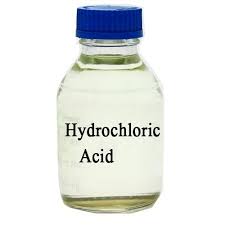
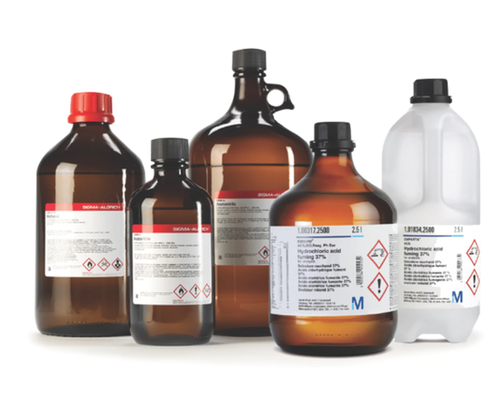
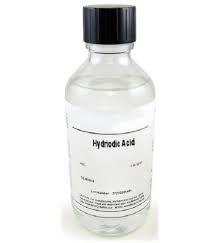
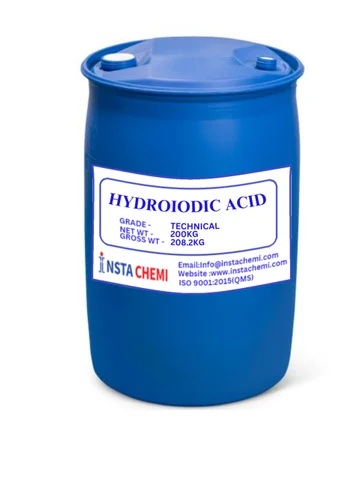

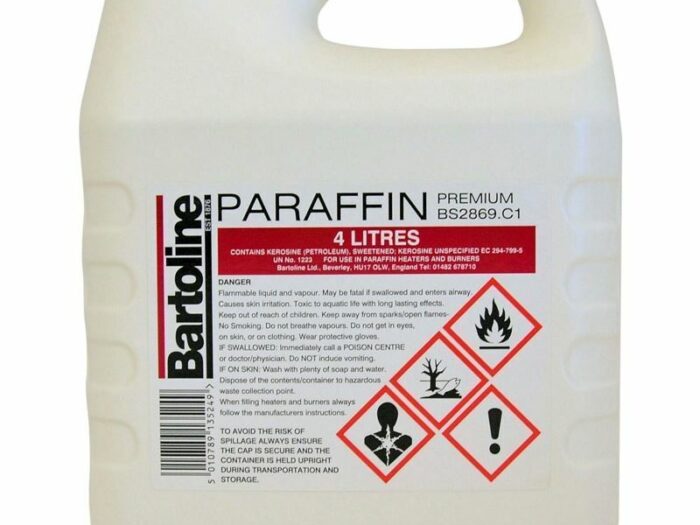

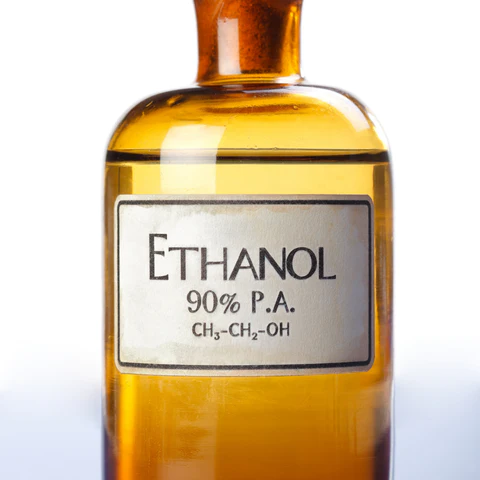

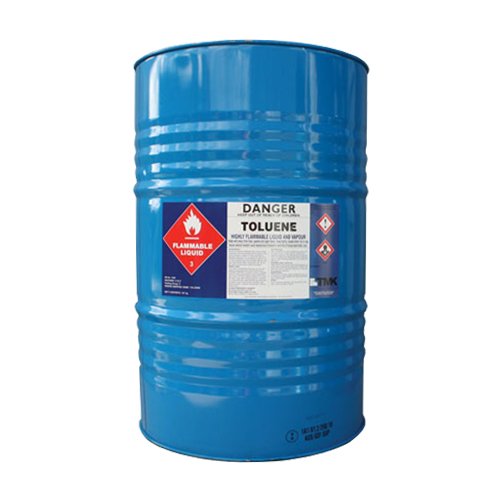

Reviews
There are no reviews yet.